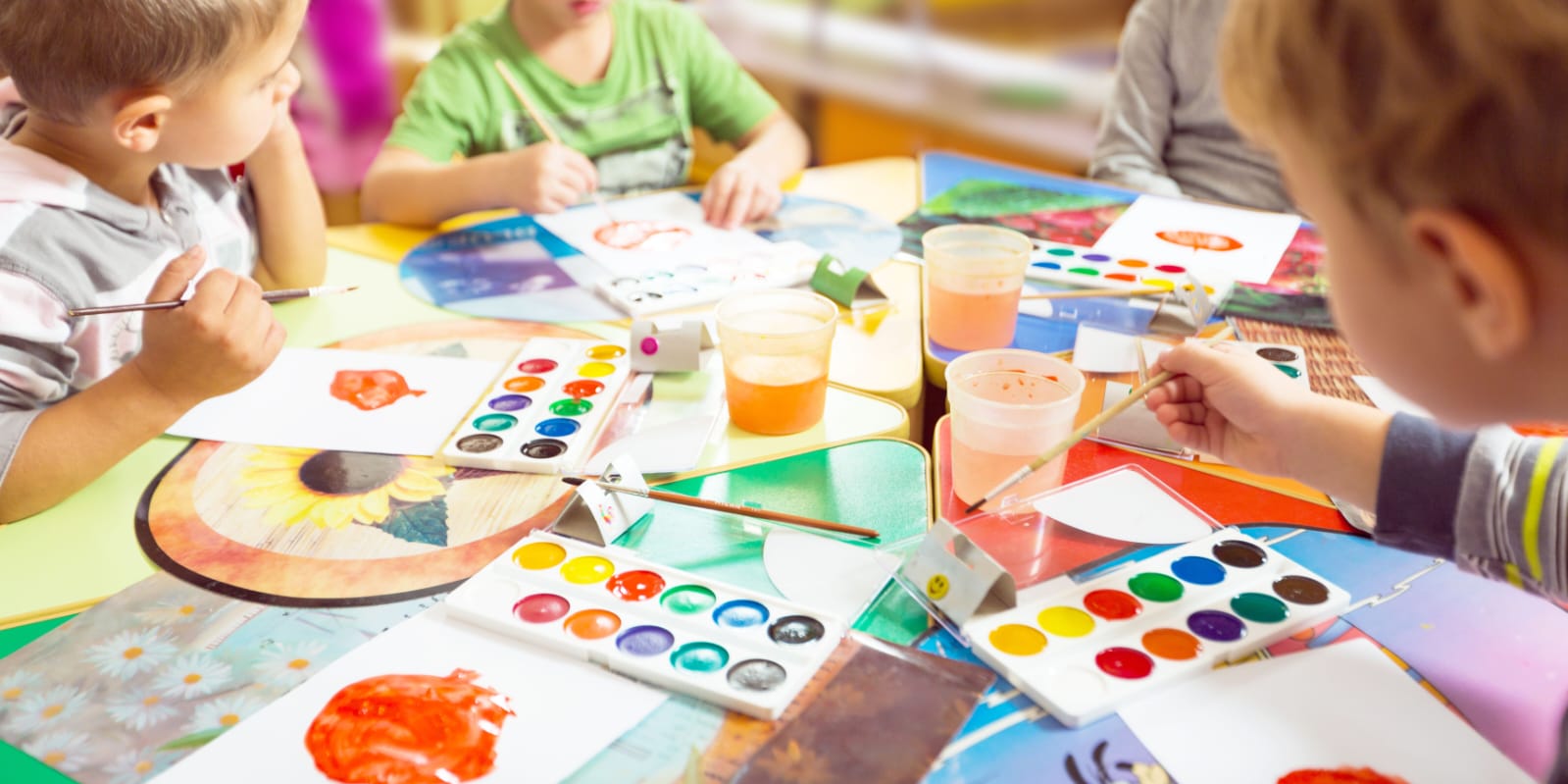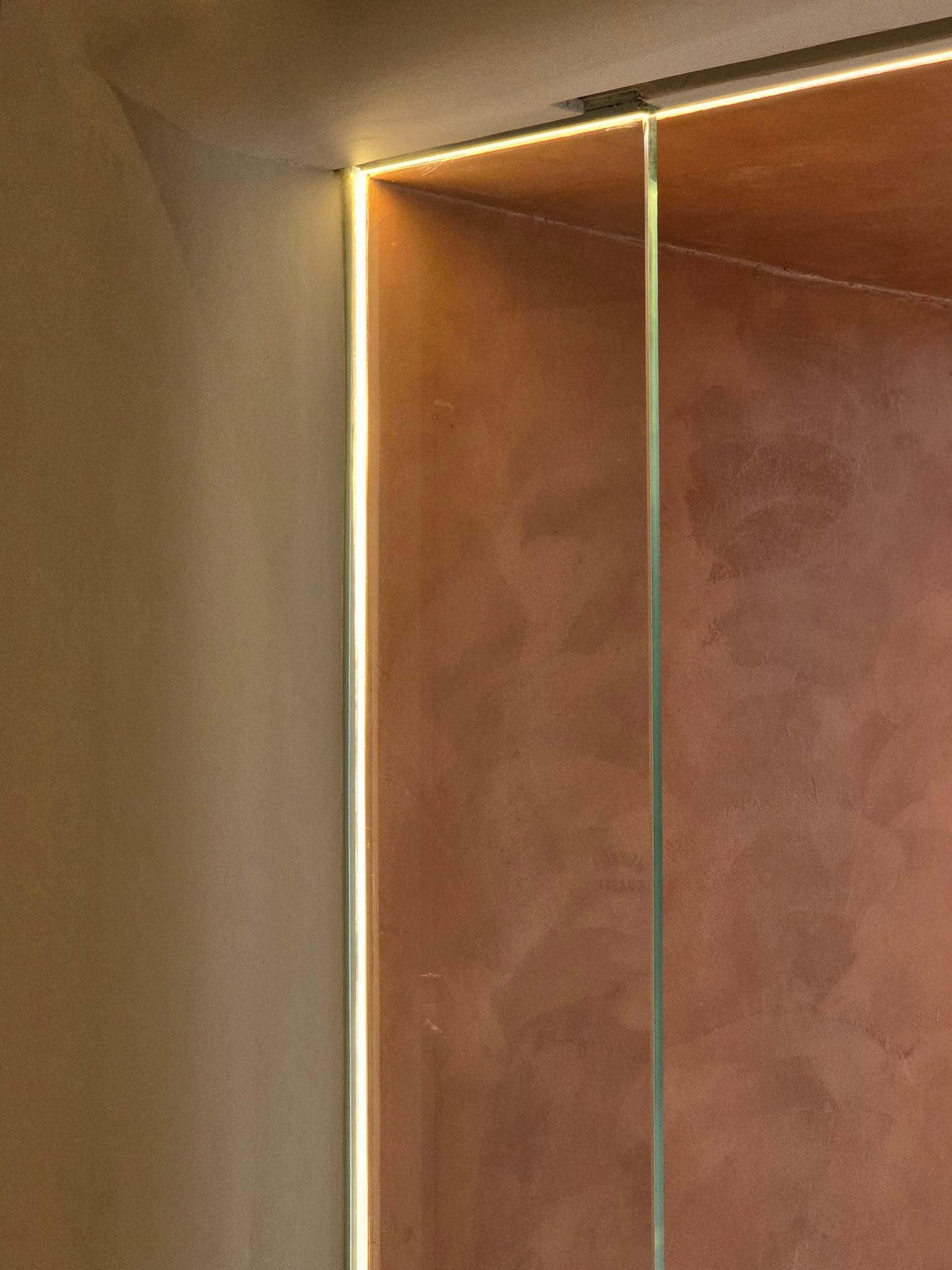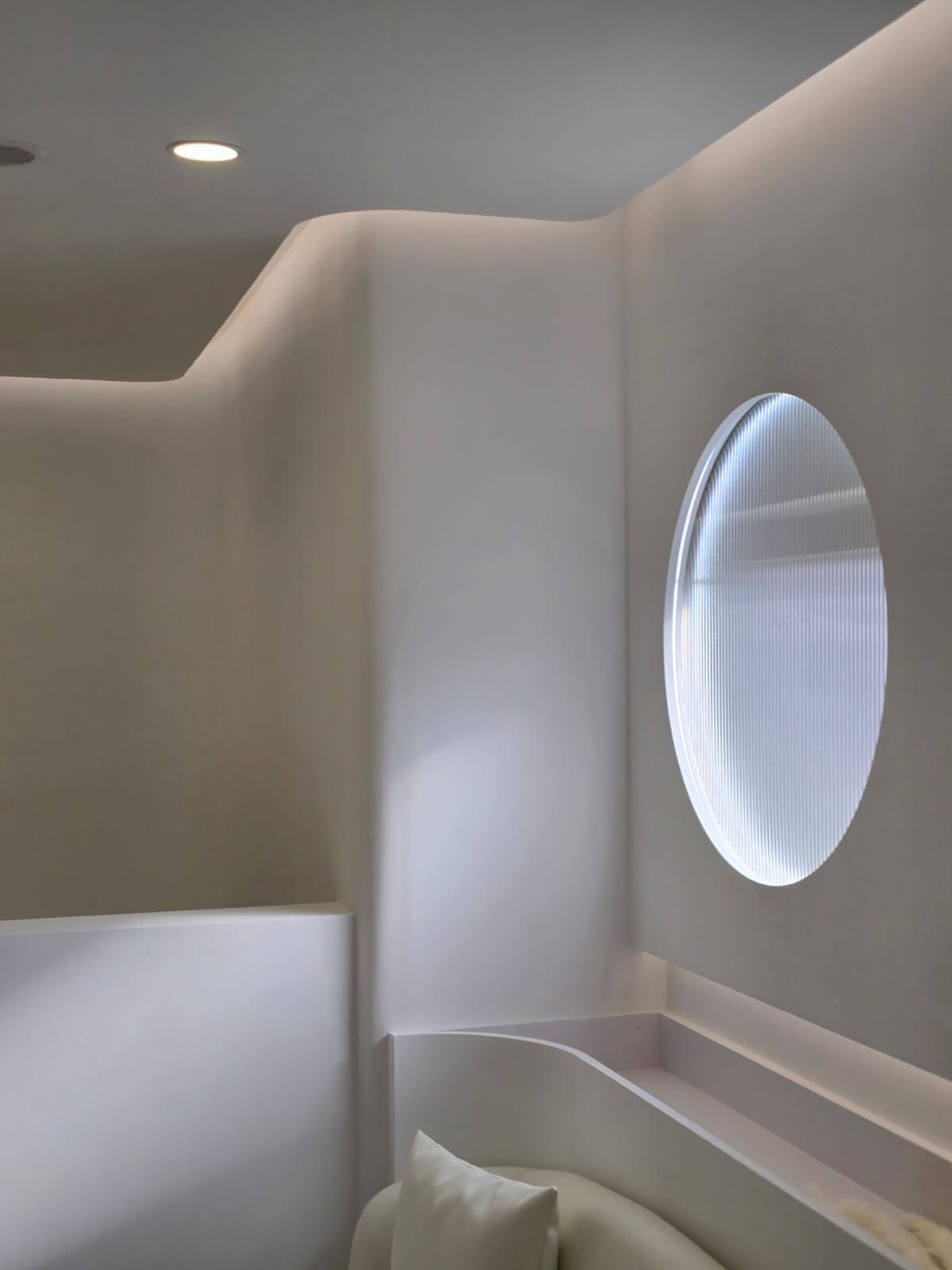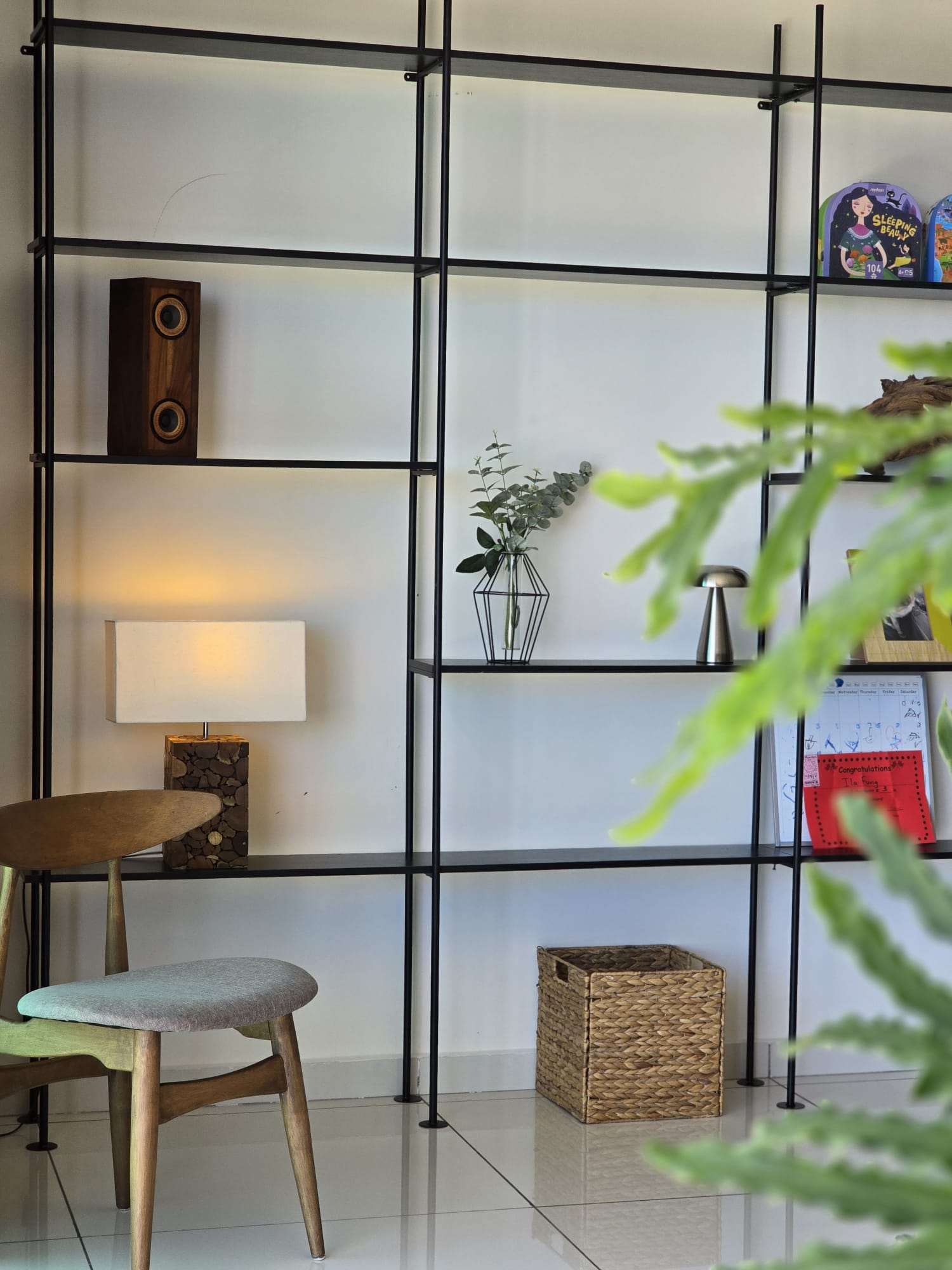
Children's Guide to Color Psychology and Interior Design
Share
In the design of children's rooms, color is not only an aesthetic choice, but also implies child psychology. The color and atmosphere of the room are the key to affecting children's emotions, cognitive development and behavior patterns. According to a survey by Pantone , an American color research organization, 83% of parents admitted that their children's attention was reduced or their mood fluctuated after choosing the wrong room color. How to use "color psychology" to create a growth space that takes into account a sense of security, creativity and learning efficiency, we must first understand the impact of color on children.

The Scientific Basis of Color Psychology in Children
How color affects children's brain development
Visual stimulation and neural connections:
The retina of children aged 0-6 is not fully developed. High-contrast color blocks (such as black and white) help babies recognize shapes; after the age of 4, they can gradually recognize complex hues.
Limbic system response:
The amygdala reacts to warm colors (red/orange) with excitement, while cool colors (blue/green) activate the prefrontal cortex, affecting the ability to regulate emotions.
Cultural symbol learning:
School-age children begin to establish "color-meaning" connections (such as red = danger/passion) and need to avoid stereotypes that limit their imagination.
Differences in color sensitivity among different age groups
0-2 years old - Recommended colors are soft beige, light pink, and light blue, which can help build a sense of security and circadian rhythm.
3-6 years old - Bright yellow and apple green are recommended to stimulate sensory exploration and language development.
7-12 years old -- Contrasting color combinations (such as blue + orange) are recommended to help improve concentration and creative expression |
Practical color matching strategy: from theory to space design
Basic color matching rules: 60-30-10 golden ratio
60% Main color: Large areas of walls/floors use "stable neutral colors"
-Recommended: Off-white, Oatmeal
-Avoid: Pure white (easy to cause visual fatigue)
30% Secondary colors: Use furniture/curtains to choose "function-oriented colors"
-Reading area: Mint green (Pantone 14-6316) reduces anxiety
-Game area: Living Coral (Pantone 16-1546) stimulates vitality
10% Decorative colors: Use "personalized colors" for decorations
-Sensitive children: Lavender (reduces aggression)
- Introverted children: Sunflower yellow (enhance self-confidence)
Color schemes for children with special needs
-ADHD: Reduce color saturation, with blue and green as the main color
-Autism spectrum: Avoid complex patterns and stick to single, muted tones (e.g. light, grey, and blue)
Visual expansion techniques
-Vertical color extension: Paint the walls and ceiling in the same color to create a sense of height
-Mirror reflection application: Embed wavy mirrors on cool-colored walls to double the sense of space
- Gradient color wall design: from dark blue on the ground to light blue on the ceiling, guiding the line of sight upward
Material matching suggestions for humid climates
Wall surface - Moisture-proof, waterproof and stain-resistant, low VOC, preferably matte texture (such as microcement).
Floor - Choose mildew-proof and waterproof SPC stone plastic floor, which should also have anti-fouling and anti-slip functions.
Furniture-- Choose E0/E1 panels to make the children's space healthier.
Misunderstandings of Color Design for Children's Rooms
"Children's rooms should be colorful"
Too many saturated colors can cause sensory overload, and it is recommended that no more than 3 main colors be used per space.
Dark colors make the room look smaller
Cleverly using dark blue/dark green on a single wall can actually increase the sense of layering of the space.
“Light color doesn’t matter”
Studies have shown that 3000K warm white light is most suitable for children's rooms, and a color temperature deviation of >500K will affect the secretion of melatonin.
"Just follow the trend."
The color of the year (such as 2024 soft peach) may not be suitable for all children and requires individual diagnosis.

Design House HK Children's Room Interior Design Service
What is the best design for a children's room? Design House HK's designers are experienced. Children spend a large part of their growth time in their rooms, including playing, learning, resting and sleeping. Interior designers will help owners and residents to coordinate furniture and furnishings to improve children's mental health. Please feel free to contact our customer service to make an appointment with a designer to discuss the design ideas for a children's room.






